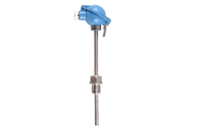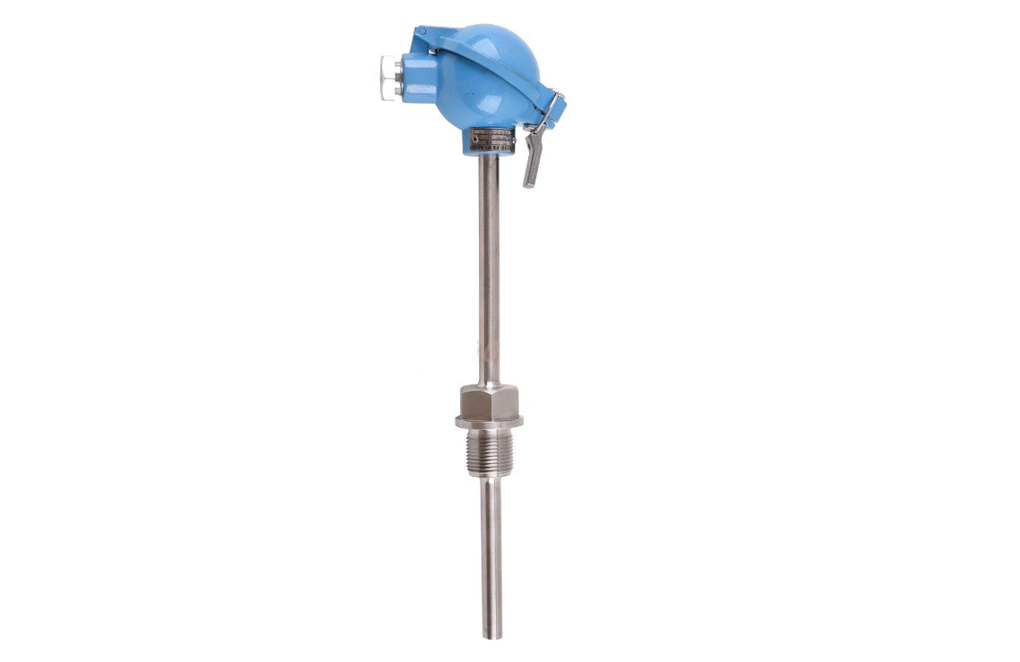
RTDs are sensors used to measure temperature by associating the resistance of the RTD element with temperature. The RTD element is made from pure material, most commonly platinum, but also nickel and copper. Platinum is a noble metal and has the most stable resistance-temperature relationship over a large temperature range.
RTDs are slowly replacing thermocouples in many industrial applications below 600°C, due to their higher accuracy and repeatability.
Thin film elements are most commonly used today, although ceramic wire wound elements still have their place. Ceramic wire wound RTDs are used when the temperature being measured is higher or if there is vibration in the application.
Advantages of RTDs include:
High accuracy
Low drift
Wide operating range
Suitability for precision applications
Disadvantages of RTDs include:
More expensive
A current source is required
Less rugged than thermocouples
Vibration requires special construction
Below is a table of RTD element specifications:



